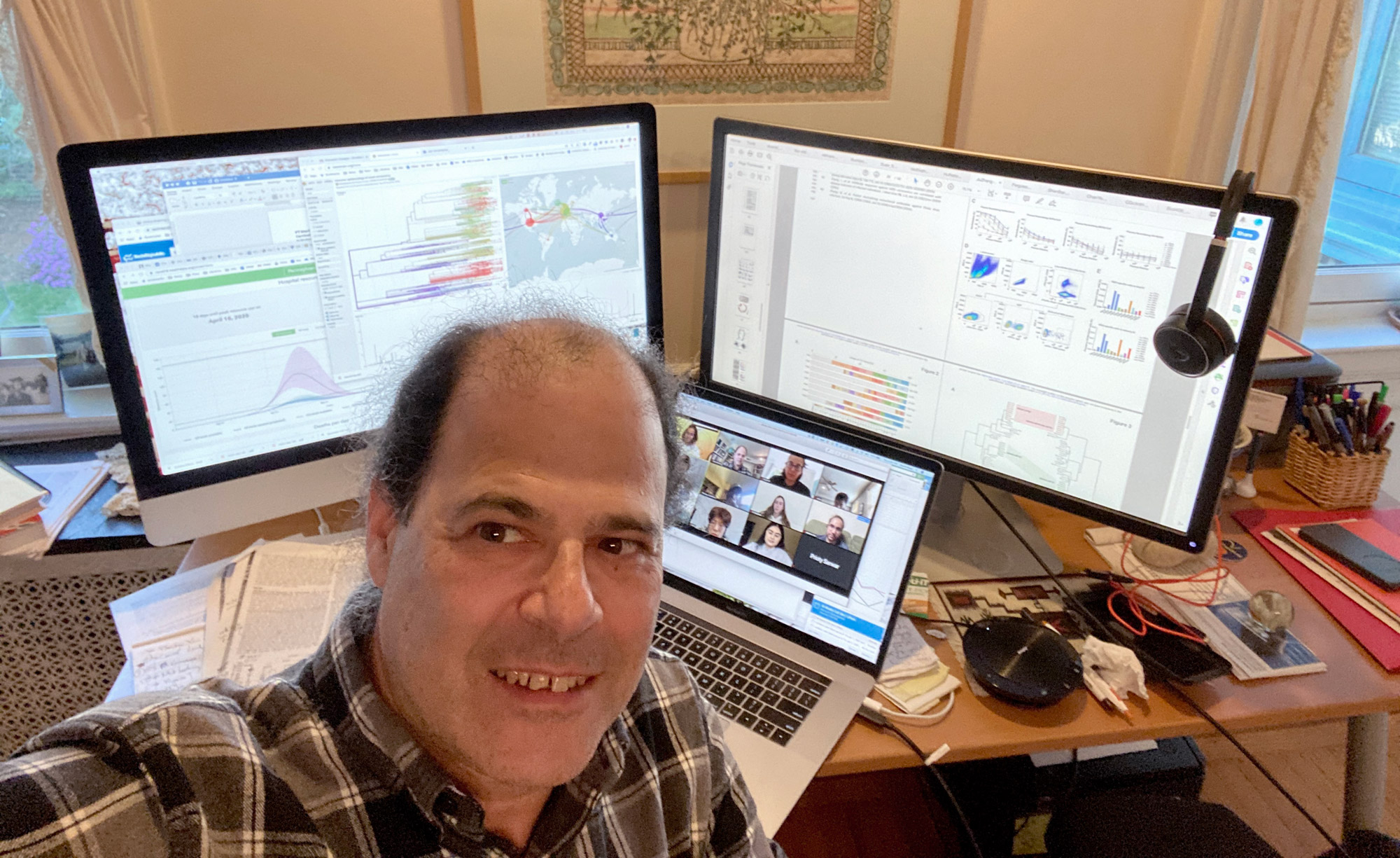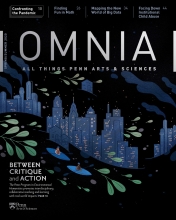A Quick Pivot Turns an Infectious Disease Class Into Timely Education
Students in Otis Kendall Professor of Biology David Roos’ course learned in real time how public health scientists attempt to understand COVID-19.

Biologist David Roos kicked off his advanced course on infectious disease biology this semester with a focus on influenza and plans to also cover aspects of HIV and malaria.
Then COVID-19 emerged.
“A small silver lining to this dark cloud of the pandemic is that it wasn’t a bad semester for a class on infectious disease biology and public health,” says Roos, E. Otis Kendall Professor of Biology.
In the midst of the campus shutdown that compelled faculty to move their courses online, Roos also shifted the content of his course, Molecular Mechanisms of Infectious Disease Biology, to encompass what was playing out all around us. Because the approach of the course emphasizes “how to think” rather than merely memorizing biological pathways and proteins, says Roos, the scientific approaches students had already learned allowed them to consider strategies for discovering, characterizing, and fighting this new disease.
“We had already spent considerable time this semester discussing the cell biology, molecular genetics, evolution, and epidemiology of influenza, including the 1918 pandemic and subsequent outbreaks,” says Roos, “as well as the emergence, spread, and management of HIV.”
From the first weeks of the semester in January, Roos had been sharing information with his students about the novel coronavirus in class discussions and suggesting readings and online resources related to the escalating outbreak.
Roos has a wealth of experience to inform his teachings, including three decades of laboratory research on the parasites that cause malaria and other diseases and, more recently, the responsibility for supporting genomic datasets for hundreds of parasite and fungal pathogens, and insects that transmit disease. The Eukaryotic Pathogen, Host, and Vector Genomics Resource—an integrated database hosting data on thousands of genomes representing hundreds of species—is supported by the National Institute of Allergy and Infectious Diseases (part of the National Institutes of Health), the Wellcome Trust (UK), and others. These tools allow biomedical researchers around the world to explore their own data in the context of other available information, providing insight into diseases and expediting the development of diagnostics, drugs, and vaccines.
Transitioning to video conference-style teaching did not pose a major barrier for Roos, whose database group is dispersed around the globe and relies on such technology on a daily basis.
He began by offering his students an optional online meeting during spring break to smooth out any technological difficulties, to see how they were faring, and to discuss some of the science behind the COVID-19 pandemic.
“Most of our readings focused on primary research literature, so I shared articles on the evolution of coronaviruses that can cause the common cold, previous epidemics like SARS and MERS, and recent preprints on the SARS-CoV-2 virus responsible for COVID-19,” he says.
Recognizing the personal toll of the pandemic, and with many students now home with their families, Roos also invited questions from family members about coronavirus biology, the ongoing pandemic, and public health responses.
Abhinav Suri, who graduated from Penn in 2019 with a double major in biology and computer science, finished the course remotely from his home in San Antonio as part of the post-baccalaureate Pre-Health Specialized Studies Program.
“We talked about things like, how can scientists use these methodologies to make something along the lines of a vaccine or an antiviral for this disease? It made our discussions even more relevant to what’s going on in the world today,” says Suri.




